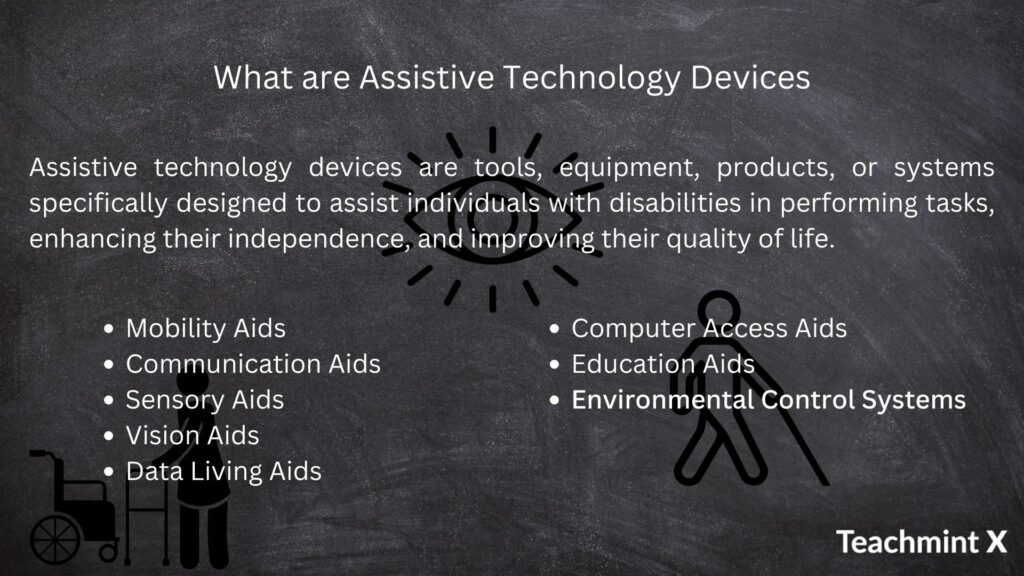Assistive technology (AT) refers to technology for kids with learning disorders. It is defined as any device or piece of equipment system that provides a bypass or compensation for an individual’s specific learning disorder. Over the past decade, in particular, a number of studies have demonstrated the efficacy of assistive technology for individuals with learning disorders. It doesn’t cure or get rid of learning difficulties but can help students reach their full potential because it allows them to capitalize on their strengths and bypass areas of difficulty. For example, a student struggling with reading and who has great listening skills might benefit from listening to audiobooks.
In general, assistive technology compensates for skills for student deficits or areas of disability. However, utilizing the same does not mean that a child cannot also receive remedial instruction that is aimed at alleviating deficits like software that is designed to improve poor phonic skills. A student can use remedial reading software and listen to audiobooks. Research has shown that it can improve certain skill deficits like reading and spelling.
AT can help improve self-reliance in a child as well as their sense of independence. Kids who are struggling in school are often too dependent on parents, siblings, teachers, and friends for help with assignments. By making use of AT, kids can finally experience success with working independently.
Assistive technology (AT) is the backbone of kids with learning disorders. According to the World Health Organization, anybody with learning disabilities or long-term health conditions can use assistive technology to elevate their learning experience. Hearing aids, and digital solutions in a classroom through speech recognition or subtitling are some assistive technology examples.
More formally speaking; any equipment is technologically accessible meaning whether physical or virtual, it allows a student to focus on lessons and compensates for their learning disorder. It is not supposed to cure the child of their shortcomings or give them an edge over other students. For example, you can imagine smart children falling behind simply because they are hard of hearing. They cannot benefit from audio books but with a hearing aid, they are equally as good as all other students.

Assistive Technology Examples
- Google Classroom: Simplifying schedule, routine, giving notifications, and overall assistance to improve classroom efficiency.
- Math tools: Helps students with ADHD and other learning disorders, helping them visualise calculations better, and easier to pen down sums with extra assistance.
- Timers: Remember how teachers used our glasses in traditional classrooms to help students visualise how much more time they would get to finish a task? There are many modern ways of doing it with digital timers. It is good for kids who lack focus.
- Audio players and recorders: There is a reason why teachers read out stories to children. Visualising, improving students’ imaginative power, and technologically accessible meaning is one of the first steps to creating a comprehensive learning environment. When students have difficulty taking notes because of other learning disabilities, they can even use the recorder to read and attend the class once they go home. Online classrooms and smartphones have made this easier, hence it is one of the best assistive technology examples.
With AT, students find more confidence in materialistic their academic and other goals, technologically accessible meaning they can overcome learning challenges to learn independently, with greater efficiency.
Kindly explore the Website for more information.
